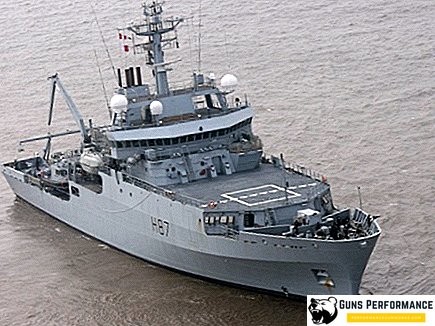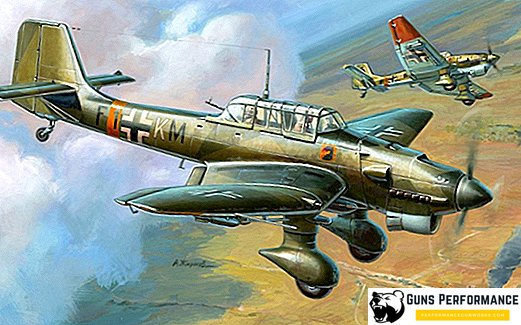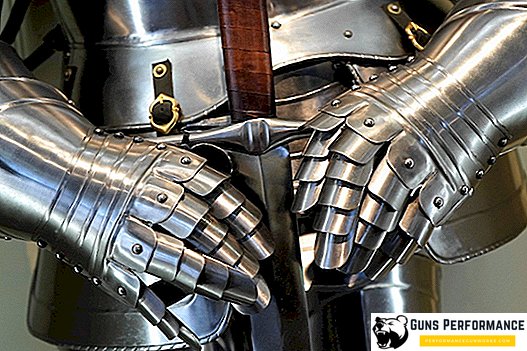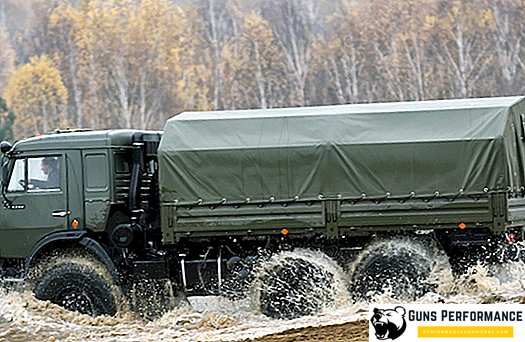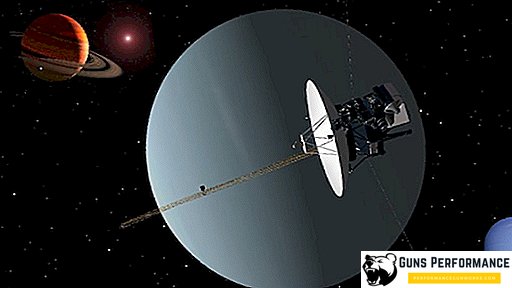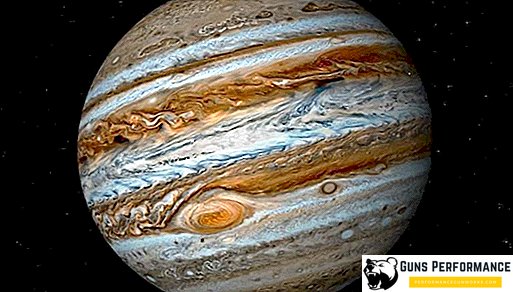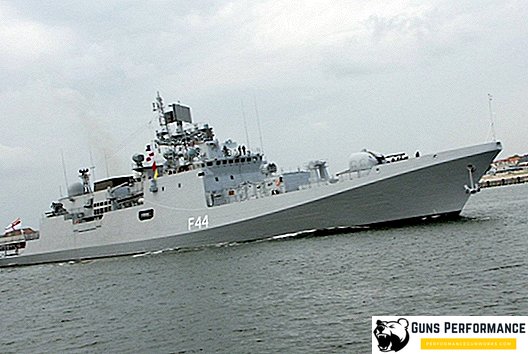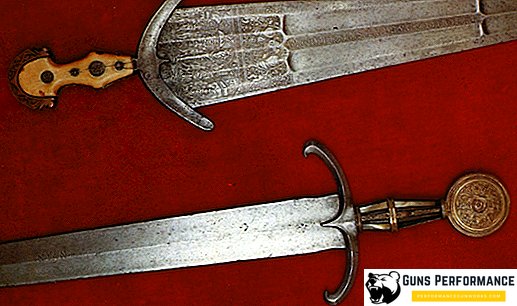In this article we will look at what is significant about the tanks of the IP series, their contribution to the world military science. This series of heavy Soviet tanks was developed and produced during the Second World War and in the postwar period and was named in honor of the Soviet leader Joseph Stalin. Below is an overview of all the tanks of this family.
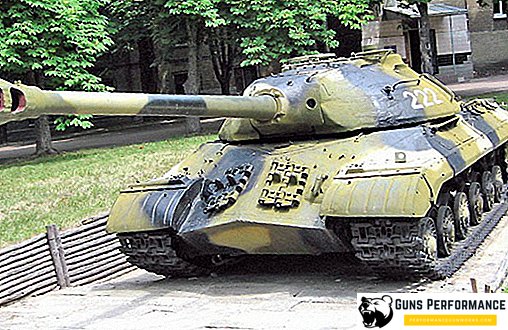
IS 1
Tank IS 1 and tank IS 2 are the first in a series of heavy tanks IS. They were developed during the Great Patriotic War and began to be produced in 1943. The basis was taken by the Soviet KV 1 and KV 13 tanks. A prerequisite for the creation of new tanks was the emergence in service of the German army of the Tiger model tanks.
The combat use of IS 1 in the history of the Great Patriotic War was unsuccessful, since tank guns could not always penetrate the armor of enemy combat vehicles.

IS 2
The performance characteristics of the IS 2 did not differ from the IS 1, the weight is 46 tons, but more powerful weapons (122 mm. Gun) were installed on the tank, so a decision was made to manufacture this particular model extensively. According to the description, the rate of fire of the gun was 3-4 shots per minute, however, according to the description of eyewitnesses, in combat conditions, the rate of fire could reach 5-6 shots per minute.
Combat use of IP 2 is difficult to overestimate. Tank divisions best proved themselves in the assault of cities, which at that time were impregnable fortresses. Also, thanks to heavy weapons, the IS 2 showed itself perfectly in clashes with the German "Panthers" and "Tigers".
On the basis of the IS 2, heavy fighters of the ISU-122 and ISU-122S tanks were also developed and put into production, in which gun systems were significantly reworked.
Still, the model had weak points, such as poor bookings and an unreliable engine, so the Soviet command decided to develop schemes for subsequent models.

IS 3
Since IP 1 and IP 2 had vulnerabilities, it was necessary to work on new samples. Tank IS 3 was also developed during the Great Patriotic War, but did not have time to take part in any battle, since the first models were released in May 1945. Work on the drawings of the model, originally bearing the name "Kirovets-1" was begun in the summer of 1944.
The tank was developed primarily as a machine capable of withstanding combat with enemy equipment. The front part of the tank was able to withstand the projectile of any tank of that time and anti-tank guns, the side parts due to the large armor also protected from most of the projectiles.
The tank, like its predecessor IS 2, was equipped with a powerful armor-piercing 122 mm D-25T gun. Due to the characteristic shape of the upper part of the front tank received the nickname "Pike".
Despite the excellent protective characteristics, this model also had weak points - engine failure, problems with the chassis and transmission. As a result, in 1946, it was decided to remove the tank from production.

IS 4
Work on the drawings of the model of the new tank was begun in 1944. Tank IS 4 was finally developed and adopted by the USSR in 1947. The model is a continuation of the IP 2, but has a more solid reservation. The tank's weight was about 60 tons, which is why it was decided to install more powerful B-12 engines with a power of 750 hp. (before that, engines of 520 hp were installed on the tanks of this family).
During operation, it was revealed that the tank has weak spots. For example, the tank mass exceeded the load capacity of most bridges of that time, the transmission scheme was very unreliable, so after the release of a small series, the tank was removed from production.

IP 5
Tank IS 5 had almost identical design with the IP 4. The main difference was the 100-mm cannon C-34, which, however, could not establish itself. As a result, the IC 5 remained a prototype. Despite this, the history of the IS 5 does not end, one of the variants of the tank, the object 730 became the ancestor of the subsequent model of the IS 8.

IS 6
Another model that can only be said to remain in the drawings and diagrams was the IS 6 tank. The development of the tank was started in 1943. The model had some innovations compared to its predecessors. For example, the scheme of the tank included an electromechanical transmission. However, the TTC of the tank did not have clear advantages over the serial models of IS 2 and IS 3, therefore the Soviet command decided to close the project.

IS 7
Work on the drawings of the tank IS 7 began in 1945, and the first tests were carried out in 1947. The model of the IS 3 was taken as the basis of the tank, but had a number of changes:
crew increased to 5 people (due to a sufficiently large weight of shells, a second loader was added)
130-mm cannon S-70, which was developed on the basis of naval guns
semi-automatic shutter guns, which allowed to increase the rate of fire of the gun to 6-8 rounds per minute
The bow of the tank was designed according to the “pike nose” scheme, as was the case with its predecessor, but the reservation of the model was increased.
The IS 7 tower had a very large size due to the amount of armor installed, however, it was small in height.
A review of the tank allows us to conclude that most of its characteristics have overtaken their time, but the tank was never accepted for service.
On the basis of IS 7, versions of self-propelled artillery systems were also developed, but they also remained only prototypes.

IS 8
Work on the IS 8 tank began in 1944. There were modifications of this machine IP 9 and IP 10, but after the death of Joseph Stalin, it was decided to rename the model to T-10. Due to its characteristics, in 1954 the tank was accepted for production and was produced until 1966, and it had been in service until 1993, that is, for almost 40 years. Despite this, the tank did not participate in any battle.
The tank, like its predecessor IP 3, had a “pike nose”, but more powerful booking. The weight of the tank is about 50 tons. On the IS 8, the already proven 122 mm gun was installed. Also, the tank was additionally equipped with two 12.7 mm DShKM machine guns. The first was paired with the main tool, the second had a turret structure and was located on the roof of the tower. In later versions, instead of DShKM installed 14.5-mm machine guns KPVT.

On the basis of the T-10 (IS 8), several modifications of tanks were created:
- T-10A - a new gun was installed on the model with a stabilizer of the vertical plane, the appearance of a night vision device
- T-10B - an improved aiming system is installed
- T-10BK - commander version of T-10B
- T-10M - developed and released in 1957, the tank had several innovations: an improved 122-mm cannon, a modified and reinforced tower design, anti-nuclear protection.
Also T-10 (IS 8) became the basis for the creation of such machines as:
- Object 268 - self-propelled artillery installation (SAU)
- TPP-3 - Mobile Nuclear Power Plant
- RT-15 and RT-20 - launchers, based on the chassis of the T-10
- 2B1 - self-propelled mortar installation designed for firing nuclear ammunition
However, most of these and other developments remained only on the diagrams and drawings.

Conclusion
This review provides information that since the Great Patriotic War and practically until the end of the 20th century, the IS series tanks had a great importance in military history. The T-10 (IS 8) is one of the last heavy tanks in the world. As the modern armament of the army has enormous military power, the armor of heavy tanks has become less relevant. Light and medium tanks, capable of coping with a large number of tasks in lightning combat operations, find combat use.


